Solar tubes can be a great source of natural light for dark rooms inside a house. These tubes use the sun's light, so you might wonder if they can also transfer the sun's heat into your home. This article will discuss all the information you need to know if you're wondering whether solar tubes can add heat to your home.
Solar tubes do not add heat to your home. Solar tubes can transport the natural light from outside using the reflective surface inside the tubes, but the process is limited to light only.
The tubes cannot transport warm air indoors because the device is only comprised of one or multiple connected tubes with a reflective interior surface. These tubes do not have any form of ventilation or any mechanism capable of converting light to heat.
A good choice for a skylight alternative, solar tubes provide natural light to your home. Solar tubes transport sunlight using a simple method, and they can be convenient to install, especially in rooms inside the house where a window or a skylight is not practical. Continue reading as we discuss all the other necessary information if you want to know more about solar tubes.
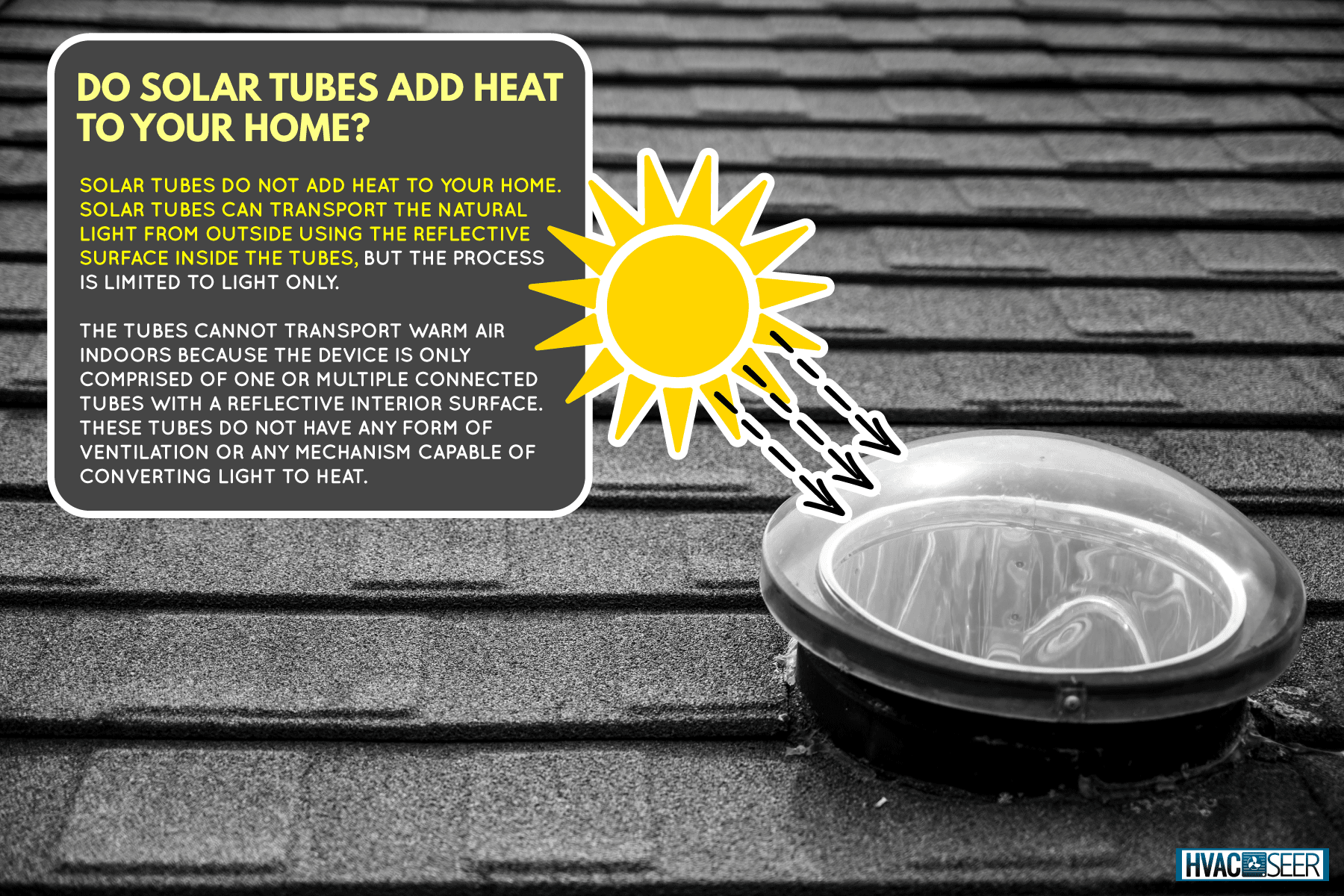
Can Solar Tubes Be A Good Source Of Heat?
Solar tubes, also known as sun tunnels, light tubes, or daylight pipes, are tubes that have translucent convex heads where sunlight can enter. The sunlight collected by the translucent convex head will then be transported through the tube utilizing its reflective interior surface.
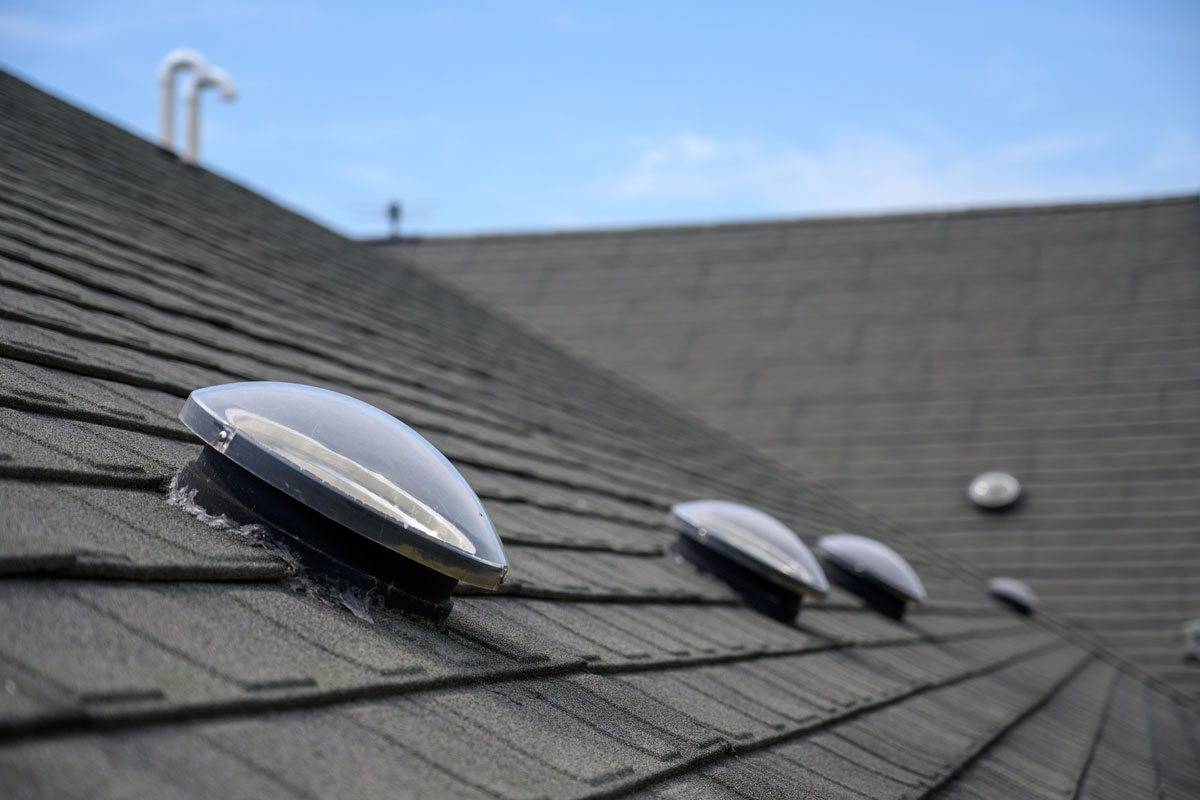
The solar tubes are usually zigzag, and that shape allows the sunlight to bounce off the reflective surfaces easily until it reaches the end of the tube located at the ceiling of the room.
Because solar tubes make use of natural light and are considered a good alternative to skylights, it can be easy to assume that the object can also transfer heat into the home.
However, this is not the case because solar tubes can only transfer light energy, which is different from thermal energy. A solar tube is a simple device that uses reflective surfaces with no ventilation or any mechanism that can convert light energy to heat.
Unlike skylights which are wide windows located at the ceiling of a room, solar tubes are thinner, with their tube diameter ranging from only 10-22 inches. There is a significant difference compared to the flat surface of a skylight, whose area ranges from 14-72 inches.
While skylights and solar tubes both provide natural lighting inside your home, a solar tube's small diameter, long body, and air seal applied during installation do very little to deliver added heat to the rooms inside your home.
There is also an upside to the solar tubes being unable to transfer the outdoor heat to inside your home. Because of the solar tube's shape paired with the air seal typically placed around the translucent head of the device, it is also not possible for warm air to escape the room during the cold winter months.
This allows the homeowner to enjoy solar tubes during winter without worrying about any cold air spilling inside or any of the warm air exiting the house and reducing indoor temperature levels.
Do Solar Tubes Cause Roof Leaks?
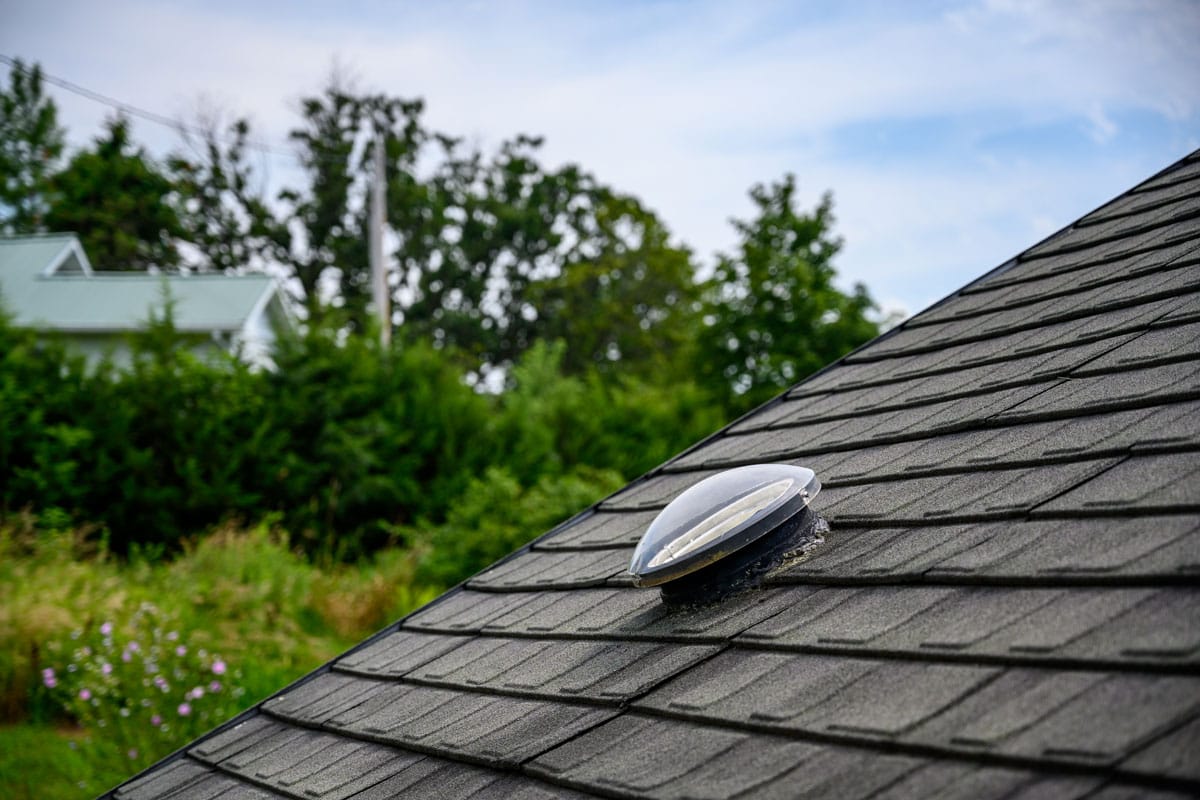
Solar tubes are attached inside the membrane of a house's roof, with the transparent convex head poking out of the roof through a hole created during the installation process.
The pieces of the solar tube, usually placed inside the empty space of an attic, are assembled to create one long tube that is secured together to avoid even the tiniest space between the solar tube pieces. This process allows the sunlight to pass through the device seamlessly.
There is no risk of water leaking into the solar tube as long as the device is installed properly, whether by a professional or a DIY homeowner. The air seal placed around the translucent head's flashing, which is the metal object where the head is attached, will also prevent any water from leaking into the tube.
In addition to this, the translucent head's convex structure will allow the water to simply slide down the top of the solar tube instead of pooling on a flat surface. Installing the solar tube's head on the higher side of the roof's incline will also greatly reduce the chances of water leaks.
This is because the roof's angle will allow rainwater to run down to the roof gutter, passing the solar tube's head in the process. Let's discuss a couple more pros and cons of solar tubes to help you decide if you want to install one in your home.
What Are The Advantages Of Installing A Solar Tube?
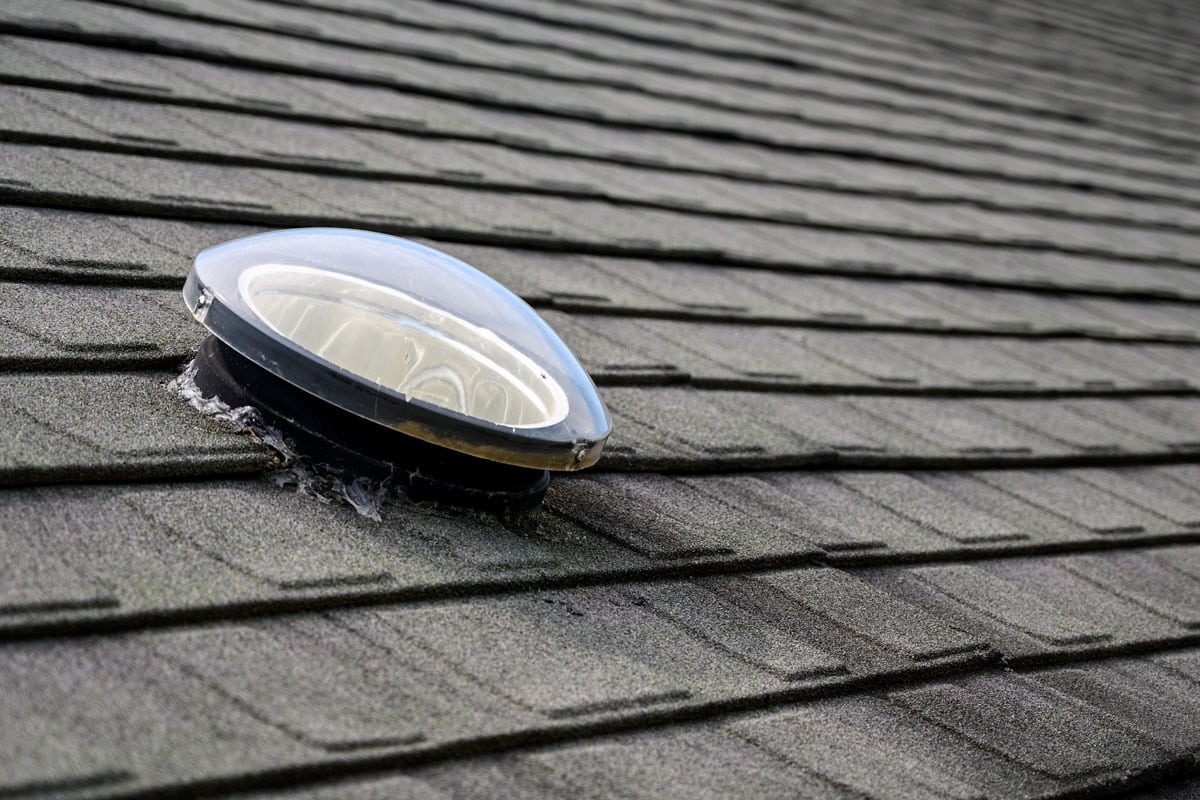
- Unlike skylights, whose flat surfaces can easily accumulate dirt and debris, a solar tube will not become easily polluted because of the translucent head's dome shape.
- Leaves will simply slide off the head, and dirt will not easily attach to them because of the incline. In addition to this, unlike some skylights that can create a pool of rainwater due to their indentation on the roof, a solar tube would instead be poking out and will not accumulate water during heavy rainfall.
- Solar tubes are far more affordable compared to a traditional skylight. Traditional skylights go for $1,500-$2,500 compared to solar tubes, which can be installed by a professional for only $750 apiece. Solar tubes can also be brought at around 300 dollars from home improvement or hardware stores and are readily available for self-installation.
- Since solar tubes make use of the sunlight, purchasing and installing one for a couple of rooms in your house will cost you nothing in electricity bills. By utilizing natural light, solar tubes are also energy efficient and do not harm the environment.
- Solar tubes are simple to install and require no electrical wiring.
What Are The Disadvantages Of Installing A Solar Tube?
- Unlike skylights that provide you with a natural view, solar tubes are just lights attached to your ceiling. You might also want to pay a little more attention to the aesthetic of the solar tube's light diffuser, as the object can affect the overall aesthetic of your home interior.
- Solar tubes can contribute to ice dams in the winter. Additional measures such as adding insulation should be taken when installing solar tubes to prevent it from causing heavy ice dams that can ultimately damage your home's walls, ceilings, and roof.
- Because solar tubes make use of the sun's light, they will not be able to provide much light during the nighttime, cloudy days, and overcast weather. It is not ideal to solely rely on solar tubes to provide lights for a large area inside your home. Instead, you can choose to install the tubes inside places that are only used during the day, or you can utilize them as a daytime light source before switching to electricity for the rest of the evening.
How Do I Install Solar Tubes At Home?
As we mentioned, solar tubes are a cheaper alternative to skylights. In addition to costing much less, any capable homeowner can also install solar tubes with the proper equipment. Below is a simple guide you can follow if you plan to install a solar tube at home.
- Assess and properly mark the best place in your ceiling where you would want the natural light to come out.
- Remove any object that can obstruct the solar panel installation in the ceiling. You can also move wires, insulation, or any object that can fall through the ceiling when the holes for the tubes are created.
- Measure out the best place on your roof where the flashing should be installed. Make sure to note the shape of the solar tube's body and plan how it can connect the roof to the ceiling accordingly. You can use a long screw to mark the middle of the flashing so that it can be easily located when you're on top of the roof.
- Cut off a circle the size of the flashing's diameter on the roof and carefully raise the shingles where the flashing will be tucked in.
- Screw in the flashing and seal it securely under the roof's shingles before inserting the A tube and attaching the translucent head.
- In the spot of the ceiling you marked before, create another hole where the other end of the solar tube will go. Make sure that the hole will fit the solar tube perfectly. You can use the diameter of the flashing to reference the hole you will create in the ceiling.
- Insert the solar tube through the hole, making sure that it is securely attached to the A tube connected to the flashing.
- Add an air seal around the area where the bottom of the solar tube will go. Make sure to do this on the side of the attic to avoid creating unsightly clumps of seal on your ceiling.
- Lock the solar tube securely in place.
- Insert the light diffuser.
Here is a video that demonstrates how to install a solar light tube.
To Wrap Up
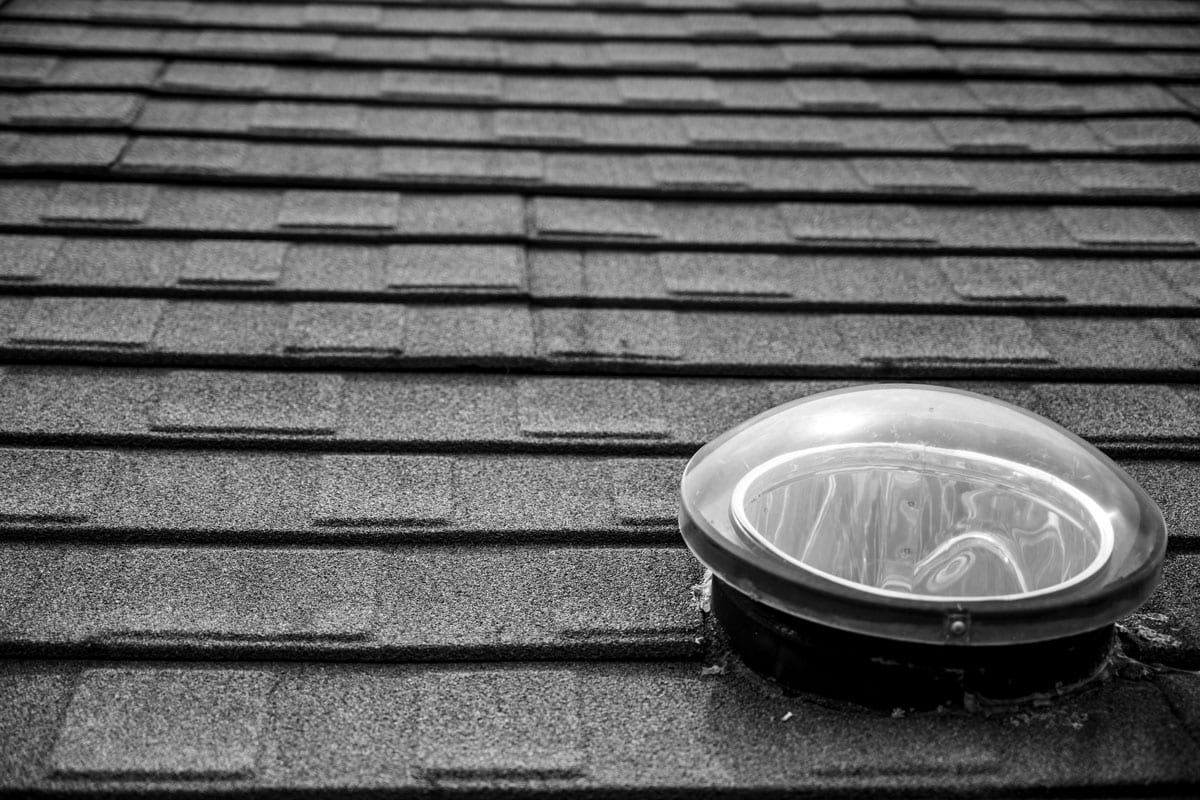
Solar tubes are a good alternative for skylights when you want an energy-efficient light source without spending too much money. They utilize natural light by transporting it into rooms where installing windows is not possible.
This article discussed the possibility of solar tubes adding heat to your home. We also discussed the pros and cons of solar tubes and learned how to install them in your home. Make sure to evaluate the information so that you can decide on the best light source for your home.
Made it to the end? Check out some of our other related posts!
Does A New Furnace Come With A New Thermostat?
Does An Attic Need To Be Vented?
